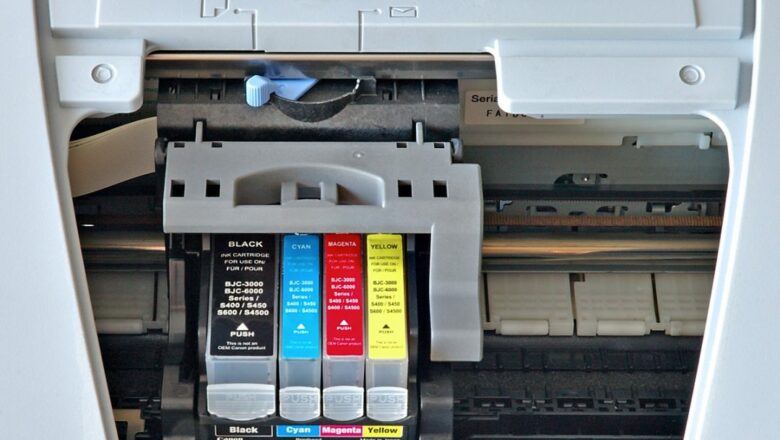Circular Economy and Print Industry – What You Need to Know
The concept of circular economy is gaining traction both in the public and private sector. Government leaders in some countries are passing legislations and launching initiatives to reduce waste and get more people and organisations to recycle and reuse. Meanwhile, in the private sector, companies from different industries are incorporating this concept into their business model. One sector which is playing a big role in this “movement” is the print industry.
What does circular economy mean? The thesis behind this concept is that minimising people’s dependence on and the use of the already scarce finite resources can help preserve the planet. The goal is to get more people to abandon the linear system of the economy and adopt the circular model. Whereas the linear model is all about the manufacture-use-dispose system, the latter focuses on the 3Rs – reduce, reuse and recycle. The goal of circular economy is to cut down the utilisation of virgin resources and lessen waste products. To simplify, everything that is produced and used should be reused or repurposed.
What are the drivers behind the growing interest in circular economy? It is no secret that global consumption is continuously skyrocketing. Reports indicate that as early as the 20th century the rate of consumption of natural resources was already two times faster than the rate of population growth.
Naturally, companies are eager to meet the growing demands of consumers. The problem is that this cannot be done without using the planet’s resources, most of which are finite.
If companies keep at it – meet consumption needs without sustainability in mind, the already scarce resources will eventually disappear. Just last year, the global demand for resources was already two times more than what the planet can provide.
Of course, increased consumption means more waste. The planet can no longer tolerate this as well. Things have to change ASAP or all living creatures will suffer miserably. In 2015 and 2016, premature deaths due to pollution was estimated to be around 9 million. Meanwhile, it is projected that the oceans will have more plastic than fish come 2050.
Circular Economy Practices in the Print Industry
Clearly, adopting circular economy is necessary to preserve the planet and ensure the continued existence of its inhabitants. Leaders in the print industry agree with these facts which is why top printer manufacturers have adopted or are slowly tweaking their processes to include sustainable and circular economy practices. This is a significant development especially since the electronics industry is known to use a lot of raw materials and produce tons of waste as well. Data in 2016 show that the electronics sector used raw materials with an estimated value of €55 billion and produced waste totalling 45 million tons.
So, what are some of the noteworthy actions being taken in the print industry? Renowned names in this sector are aligning their product development and design goals with those of the circular economy’s, particularly in the creation of high value products that reduce waste. Canon, for example, has endeavoured to produce lighter and smaller printers to reduce the raw materials they use. A testament to this is the Canon TR8500 series business inject printer’s size which is over 30% smaller than its predecessors. Despite its reduced size and weight, these printers are easy to maintain, very durable and energy efficient.
Some companies also implement recovery and recycling programmes wherein they take back devices that have reached the so-called end-of-life stage. The hardware and supplies of these discarded machines are then recycled and used to produce new products. In addition, both Canon and HP, another trusted brand in the printing industry, use the closed-loop recycling process for their toner cartridges. What is this? Basically, their cartridges are produced using recycled plastic.
Indeed, it is great to know that the respected brands in the printer industry are taking part in saving the planet. However, they cannot do this alone. For significant changes to happen, business owners like you should adopt sustainable practices too. One thing you can do is to use printers produced using minimal raw materials and designed to reduce waste just like Canon and HP products.
